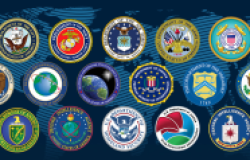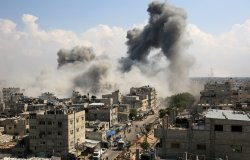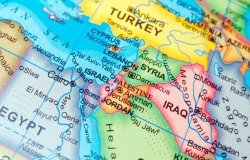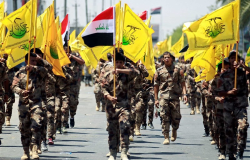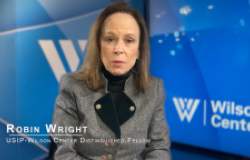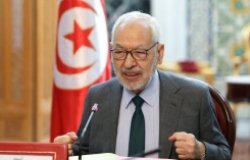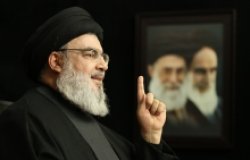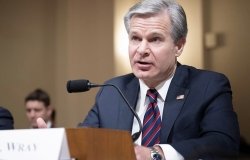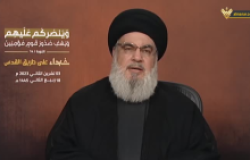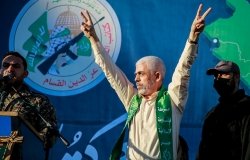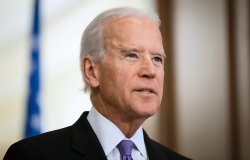The State of Islamism: The New Generation
Over the past year, Islamists have triggered tectonic shake-ups across the Middle East. Borders have been redefined. Tactics have turned bloodier. States are unraveling under the pressure. Moderate Islamists are being sidelined as militants alter the region more than any trend since modern states became independent. Syria, Iraq, Libya, Yemen, and Egypt’s Sinai are flashpoints, but no country is exempt. The impact has rippled worldwide, evident in the Charlie Hebdo attack.
Overview
Four experts discussed the different forms of Islamism in the Middle East and their effect on the political developments in the region.
On February 11, the Middle East Program and the United States Institute of Peace hosted an event “The State of Islamism: The New Generation” with Robin Wright, USIP-Wilson Center Distinguished Scholar, who also moderated the event; Nathan Brown, Professor of Political Science and International Affairs, Elliott School of International Affairs, The George Washington University; David Ottaway, Senior Scholar, Woodrow Wilson Center; and Leslie Campbell, Senior Associate and Regional Director, Middle East and North Africa Programs, National Democratic Institute. Jane Harman, Director, President, and CEO, Woodrow Wilson Center, provided opening remarks.
Harman started by affirming that the past few years have demonstrated that Islamism comes in a variety of forms. She emphasized the timeliness of the event’s topic and welcomed the reunion of some of the initial contributors to the book “The Islamists are Coming: Who They Really Are.”
Wright started by identifying the three generations of Islamism since the trend began to gain popularity in the 1970s. The first generation—which she refers to as the “seeds”— formed in the 1970s and 1980s and included Iran after the 1979 Revolution, the Arabs who went to Afghanistan, Hezbollah, Hamas, and Islamic Jihad of Egypt. The second generation—“the 9/11 generation”— caused the Islamist spectrum to evolve in different ways, particularly in the context of the Iraq war. Some of these groups, however, matured, participated in elections, or enacted reforms. The third generation, which emerged after 2011, saw the meteoric rise and fall of democratic Islamists and the further radicalization of militant Islamists. The Islamic Republic of Iran and the Islamic State of Iraq and Syria (ISIS), however, only represent a microcosm of Islamism in the Middle East. While Tunisia, the birthplace of the Arab Spring, produced a moderate and inclusive Islamist movement—Ennahda—it also provided the highest number of foreign fighters to ISIS. Wright stated that 70 percent of Americans consider ISIS to be the main threat to the United States, followed by the Israeli/Palestinian conflict and Iran. However, these different visions of Islamism are in conflict; Iran views ISIS as a terrorist group while ISIS views Shi’as as apostates.
Brown began by highlighting two facts which he believes are often missed in analysis of Islamists. First, he argued Islamist movements are structured organizations, and this affects how they operate. Second, Brown stated that understanding political context—rather than ideology, which is often vague—is essential to understanding Islamist movements. Brown then discussed the three main features of Islamism in Egypt and Palestine: politics, violence, and recruitment. He stated that the Muslim Brotherhood needs to refashion itself in the new political environment in Egypt. Brown also believes that members of the Muslim Brotherhood are finding it difficult to adhere to non-violence in the face of the government’s crackdown on them. Brown argued that because the Muslim Brotherhood is forced back underground, the type of people willing to join the organization will change. As for Hamas in Palestine, if the group gives up their arms, they give up a tenet of their organization. In Brown’s view, having control over Gaza but limited presence in the West Bank increasingly makes Hamas less of a Palestinian movement and more Gazan movement.
Ottaway noted that what is most remarkable about Islamist movements in the Maghreb is how pragmatic they are in Algeria, Tunisia and Morocco. Whether these movements were in power or not, they all managed to engage in the political process and remained involved in politics. According to Ottaway, the two main challenges Islamists in North Africa face are the need to demonstrate to their supporters that it pays off to be in the government and the need to solve the country’s economic issues. Ottaway affirms that in spite of these challenges, Islamist movements remain strong actors: Tunisia’s Ennahda won 27 percent of the votes in the latest parliamentary elections and the Justice and Development Party in Morocco is still popular after three years in power.
Campbell began by stating that Yemen’s Islah Party is a strong political organization which has participated in the government several times. He argued that the traditional Islamists in Yemen that are represented by Islah are increasingly being pushed aside by non-state actors and militias like the Houthis and al-Qaeda. According to Campbell, it will be interesting to follow the developments of Islamists in Yemen because their political tools have been destroyed and because the Houthis and al-Qaeda are engaged in proxy wars. Throughout the region, the choice between Islamic extremists and authoritarianism has resulted in backlash against both of them. Campbell assessed that as the situation continues, further uprisings and upheavals are expected in the short term.
In response to Wright’s question about the effect of these developments on regional borders, Brown asserted Egypt’s issue is not one of borders but instead the disintegration of the dividing line between domestic and regional issues. According to Brown, ideological battles move across borders quickly in the Middle East and political developments in one country are shortly reflected in another.
Another question raised the issue of the US role in the region. In his response, Brown found it problematic that U.S. policy is focused on short term concerns, not long-term trends. According to Brown, the current U.S. policy that preserves bilateral agreements and supports autocratic regimes is unhealthy and will have negative consequences for the United States. Ottaway believed the United States should exert more pressure on the Iraqi central government to ensure inclusion of the Sunnis. Campbell ended by referring to the U.S. nuclear negotiation with Iran and how it is perceived by many in the region as a heavy play by the United States to influence the political realignment in the Middle East and especially in the Gulf.
By Khadiga Omar, Middle East Program
Speakers

Robin Wright
Author and columnist for The New Yorker
Nathan Brown
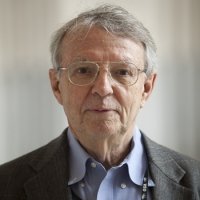
David Ottaway
Former Washington Post Middle East Correspondent
Les Campbell
Hosted By

Middle East Program
The Wilson Center’s Middle East Program serves as a crucial resource for the policymaking community and beyond, providing analyses and research that helps inform US foreign policymaking, stimulates public debate, and expands knowledge about issues in the wider Middle East and North Africa (MENA) region. Read more

The Islamists
Learn more about Hamas and how it relates to similarly aligned organizations throughout the region. Read more
Thank you for your interest in this event. Please send any feedback or questions to our Events staff.
